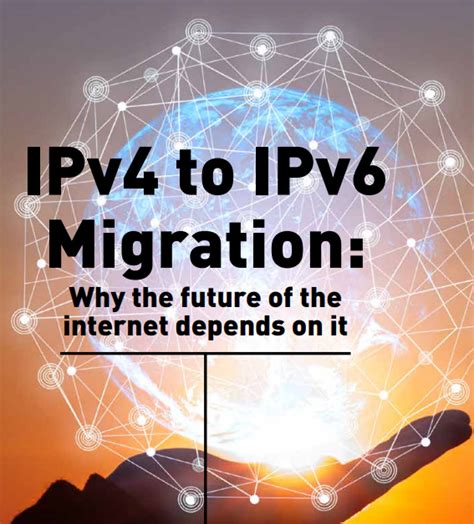The internet, as we know it today with billions of devices connected, seems primed for a seismic shift. At its core, this transformation concerns the ongoing battle between two IP protocol versions: IPV4 and IPV6. The adoption of IPV6 promises a future with almost unlimited IP addresses and improved efficiency in routing and packet processing. However, the reluctance of ISPs to adopt IPV6 is not because of technological hindrances but due to economic incentives that favor maintaining the status quo with IPV4 and its associated technologies like NAT (Network Address Translation) and CGNAT (Carrier-Grade NAT).
One cannot analyze the hesitance to embrace IPV6 without understanding the underlying economic benefits of IPV4 and NAT technologies. CGNAT, for instance, allows ISPs to share a single public IP address among multiple customers, reducing the need for purchasing expensive additional IPV4 addresses from the limited remaining stock. This setup is economical for ISPs but introduces multiple hurdles for end-users, such as difficulties in hosting servers or applications that require port forwarding. A move to IPV6 would mitigate these issues since every device could theoretically have a unique global IP address, greatly simplifying network configurations and enhancing internet security.
The resistance from ISPs towards IPV6 can also be seen as a way to charge premium prices for ‘dedicated’ IPV4 addresses which are not behind CGNAT. In regions like Indonesia, the adoption rate of IPV6 stands at a mere 14%, showing a clear reluctance from ISPs to shift from lucrative IPV4 technology, despite IPV6 having significant technical advantages including the elimination of NAT-related complexities.
The technical community often views CGNAT and IPV4 as necessary evils. While these technologies initially served as stopgap solutions to the address exhaustion problem, they now pose significant barriers to innovation and security. CGNAT, for example, increases latency and packet loss, affecting the user experience negatively. Furthermore, this setup complicates certain features like port forwarding and IP-based configurations which are vital for various online applications and services.
Even as technological debates rage on, the implications of these networking technologies go beyond just the tech-savacy. The everyday user’s interaction with the internet—everything from streaming to participating in online games—is affected by these underlying protocols and the corporate maneuvers around them. IPv6 offers capabilities that can drastically improve user experience such as direct end-to-end connectivity without the need for session initiation protocol (SIP) or NAT traversal techniques, yet its adoption lingers in limbo, overshadowed by the corporate reluctance and short-term economic calculations.
The benefits of transitioning to IPV6 extend into realms of privacy and security as well. Unlike CGNAT that obscures individual IP addresses, IPV6 provides a capacity for nearly endless unique addresses, potentially diminishing the ability of websites to track users by their IP addresses alone. However, widespread IPV6 adoption could also pose new challenges such as the need for new cybersecurity measures to address the expanded attack surface provided by the huge number of possible unique addresses. Nevertheless, the transition to IPV6 remains a pivotal point for future-proofing the internet, necessitating a coherent and concerted push by all stakeholders in the digital ecosystem.


Leave a Reply